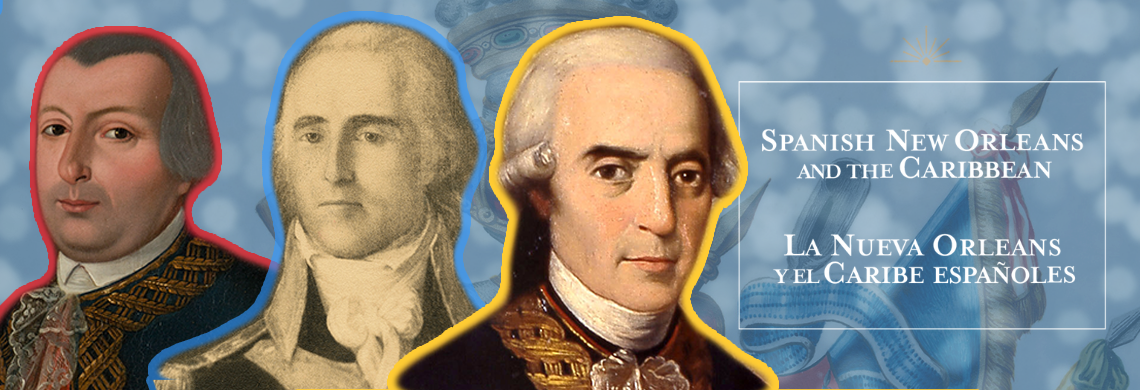The Historic New Orleans Collection continues its “Exhibition Shortcuts” YouTube series with a video that examines how the Enlightenment led to the expansion of public works and investment in scientific pursuits in Spanish New Orleans. The series, produced in conjunction with the exhibition Spanish New Orleans and the Caribbean, provides brief talks similar to what you would hear from our Visitor Services staff in the gallery. Live tours of the exhibition are offered in THNOC’s Tricentennial Wing at 520 Royal Street on Thursdays and Saturdays at 2:30 p.m. Admission is free and no registration is required.
A full transcript of the video is reproduced below. Don't want to miss the next video? Subscribe to THNOC’s YouTube channel here.
Transcript
In the 18th century, the ideas of the Enlightenment spread through Europe and Americas. This intellectual movement included an emphasis on reason, progress, tolerance, free expression, human happiness, and scientific enquiry. King Carlos III of Spain enacted broad-ranging reforms based on Enlightenment ideas, which affected the entire Spanish empire, including Louisiana. His reign saw the expansion of public works and investment in knowledge and scientific pursuits.
On an individual level, the Enlightenment valued learning and well-rounded citizens who used their knowledge for the betterment of society. Several such individuals can be found in Louisiana’s Spanish colonial history. Bernardo de Gálvez, a governor best known for his military pursuits, trained in a scientific approach to warfare and later conducted experiments with hot-air balloon technology. As governor, he championed the Enlightenment value of public happiness by enacting government reforms, building new towns, and introducing new crops. Martin Duralde, a commandant of the Opelousas post, studied local Native American languages and recorded and published his fossil discoveries, using geologic evidence and Native American oral histories to infer how the landscape and vegetation were different in the past.
The Enlightenment is perhaps best exemplified in Louisiana, however, by our first Spanish governor, Antonio de Ulloa. Although not very successful as a statesman, Ulloa was a brilliant scientist and scholar across disciplines. As a young man, he represented Spain on the world’s first major international scientific expedition—a mission to South America to measure the Earth’s circumference and settle an ongoing debate about the planet’s shape. Always a keen observer of people and the natural world, Ulloa also spent much of his time in Louisiana writing about what he saw and making astronomical and meteorological observations.
For New Orleans, Spanish rule meant a more organized government and new investments in infrastructure and urban planning. The Spanish oversaw the construction of the Carondelet Canal, connecting the city to Lake Pontchartrain. They made improvements to the jail, while new structures were built to serve the community, such as a public bathhouse and more sanitary markets. The Diocese of Louisiana and the Floridas was established, which provided social services on behalf of the government. The Spanish government also responded quickly to natural disasters, using them as an opportunity to build a more urban city center, designed around civic and public well-being.
If you’d like to learn more about this and other topics related to our exhibition Spanish New Orleans and the Caribbean, join us at The Historic New Orleans Collection at 520 Royal Street in the French Quarter. Visit our website for more details.












